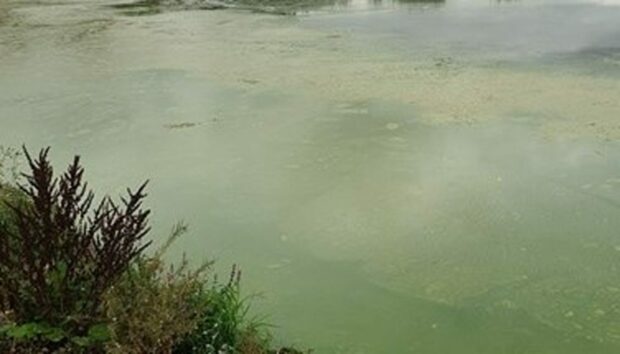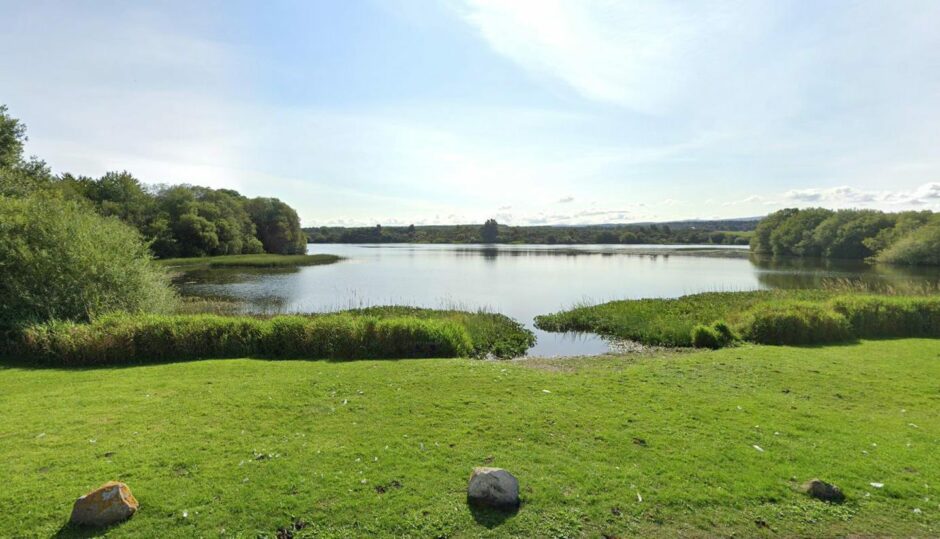People are being urged to avoid a loch near Inverness after toxic algae was discovered.
The presence of blue-green algae has been reported at Loch Flemington east of Inverness over the past few weeks.
Blue-green algae can be very dangerous to humans and animals and can induce vomiting, diarrhea, skin rashes and trigger allergic reactions.
It is not the first time Loch Flemington has suffered from this issue, having once been home to 500 trout, which were wiped out in a single day back in 1995 due to the algae.
It had once been revered for its trout fishing, but this was lost due to the appearance of the toxic algae.
Toxic algae discovered in Inverness loch
Since then, the loch has been plagued by environmental issues, including invasive species such as Canadian pondweed and New Zealand pygmy weed.
Pollution such as sewage and animal waste runoff also entered freely into the loch over the years.
The Scottish Environmental Protection Agency (Sepa) has taken measures to reverse the damage done to the loch and its ecosystem.
However, recently a new bloom of blue-green algae was verified by Sepa late last month, who alerted the Highland Council’s environmental team.
Authorities are now urging anyone travelling to and around Loch Flemington to be very cautious due to the algae’s toxic properties.
It comes as Loch Watten in Caithness was also found to have blue green algae growing in it just last month.
Signage will also be put in place around the loch to advise walkers, cyclists and tourists to avoid the area.
According to the council, the “situation is being investigated by The Highland Council’s Environmental Health team, in partnership with NHS Highland Public Health and wider colleagues”.

